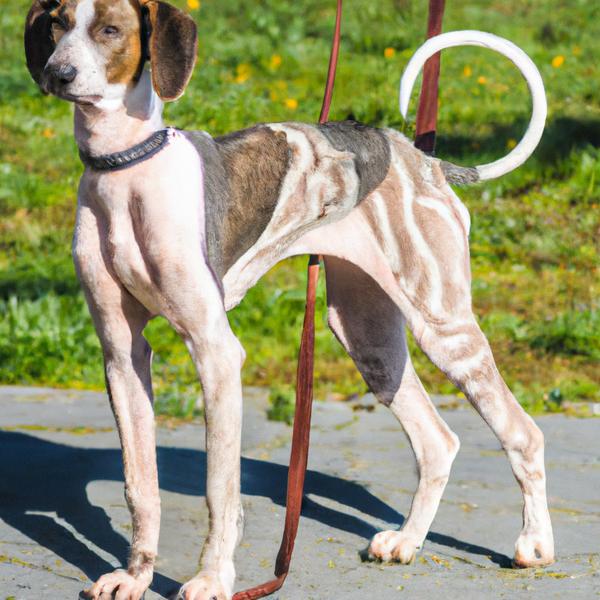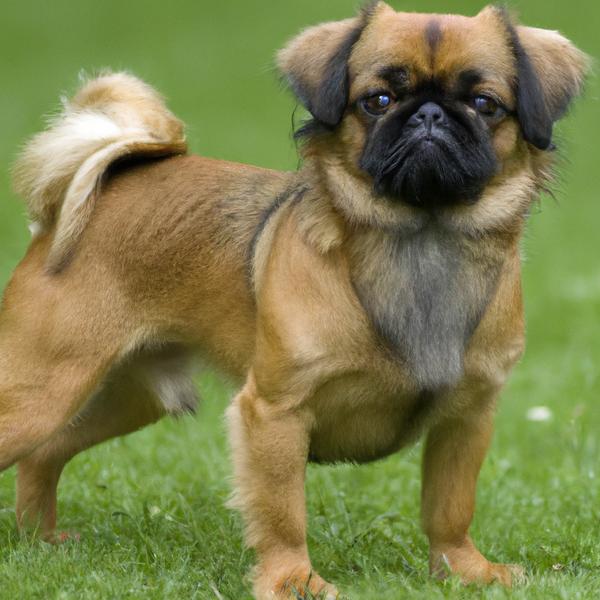Italian Papihound vs. Schnekingese: Breed Differences and Similarities
Hypoallergenic
Are Italian Papihounds or Schnekingeses hypoallergenic, or neither?
Unfortunately, neither Italian Papihound nor Schnekingese are hypoallergenic, which may not make them the best choice for dog lovers who suffer from pet allergies.
Temperament
What are the personalities of Italian Papihound and Schnekingese dogs?
Happy
Agile
Energetic
Alert
Intelligent
Friendly
Affectionate
Companionable
Athletic
Mischievous
Stubborn
Alert
Intelligent
Friendly
Affectionate
Obedient
Aggressive
Fearless
Good-natured
Spirited
Opinionated
Shedding Level
Do Italian Papihounds shed more than Schnekingeses, or which breed sheds more, Italian Papihounds or Schnekingeses?
Italian Papihounds shed very little hair, making them a great choice for those who dislike excess hair in the house.
Schnekingeses are low shedding dogs, requiring minimal coat care.
Watchdog Ability
Which dog breed makes a better watchdog, the Italian Papihound or Schnekingese?
Avoid Italian Papihounds as watchdogs - they're not effective.
Schnekingeses aren't great guard dogs; they tend to just watch without taking action.
Ancestry
What are the origins of Italian Papihound and Schnekingese breeds?
Papillon and Italian Greyhound
Miniature Schnauzer, Pekingese
Breed recognition
Which kennel clubs recognize/register Italian Papihound and Schnekingese?
ACHC = American Canine Hybrid Club
DRA = Dog Registry of America, Inc.
IDCR = International Designer Canine Registry®
ACHC = American Canine Hybrid Club
DBR = Designer Breed Registry
DDKC = Designer Dogs Kennel Club
DRA = Dog Registry of America, Inc.
IDCR = International Designer Canine Registry®
Date of Birth
When were Italian Papihound and Schnekingese breeds first developed?
Unknown
Eye Color Possibilites
What are the eye colors of Italian Papihound and Schnekingese dogs?
Brown
Brown
Nose Color Possibilites
What are the natural nose colors of Italian Papihound and Schnekingese?
Black
Black
Coat Color Possibilites
What are the natural colors of the coat for Italian Papihound and Schnekingese breeds?
Gray
Red
Fawn
Blue
Black
White
Cream
Black
Brown
Fawn
White
Coat Length
What is the typical coat length for Italian Papihound and Schnekingese breeds?
The coat of Italian Papihound and Schnekingese dogs falls in the medium-length category.
Coat Density
What is the density of the coat of Italian Papihound and Schnekingese?
Coat Texture
What is the hair texture of Italian Papihound and Schnekingese?
Straight
Litter Size
What is the usual litter size for Italian Papihound and Schnekingese?
An Italian Papihound can have a litter of 2-4 puppies on average. However, it's worth noting that the size of the litters can vary greatly. Factors that can influence litter size include the health of the mother, breeding history, and genetics.
A Schnekingese can have a litter of 3-6 puppies on average. However, it's worth noting that the size of the litters can vary greatly. Factors that can influence litter size include the health of the mother, breeding history, and genetics.
Adaptability
Italian Papihound and Schnekingeses are known for their adaptability and versatility. They are capable of adapting well to a wide range of lifestyle changes and living environments, making them great companions for families and individuals of all lifestyles.
Health Issues
Between Italian Papihound and Schnekingese, which breed is more prone to health problems?
While the Italian Papihound breed is generally healthy, occasional vet check-ups are still necessary to address any health concerns.
Schnekingeses typically have low vet costs due to their good health, but it's important to monitor their health and seek vet care when necessary.
Major Concerns
What are the major health concerns for Italian Papihound and Schnekingese breeds?
Patellar Luxation
Epilepsy
Progressive Retinal Atrophy (PRA)
Patellar Luxation
Portosystemic Shunt
Sick Sinus Syndrome
Minor Concerns
What minor health issues should be kept in mind when owning Italian Papihound and Schnekingese?
None Known
Cataracts
Mono/Bilateral Cryptorchidism
Brachycephalic Syndrome
Cleft Lip or Palate
urolithiasis
Progressive Retinal Atrophy (PRA)
Eye Disease and Disorders
Keratoconjunctivitis Sicca (Dry Eye)
Mitral Valve Dysplasia
Occasional Tests
What occasional tests are recommended for Italian Papihound and Schnekingese breeds?
X-Rays
Eye Examination
Physical Examination
Electrocardiogram
Ear Examination
Complete Blood Count
Internal Imaging (x-ray, CT scan, MRI, etc.)
Yearly Physical Examination
Blood Chemistry
Eye Examinations (both internal as well as external)
X-rays of various parts of the skeletal system
Dental and Oral Examinations
Echocardiography (ultrasound)
Blood and Urine Protein Screens
Energy
How do the energy levels of Italian Papihounds and Schnekingeses compare?
Italian Papihounds are suitable for those with a balanced lifestyle as they have an average energy level.
Schnekingeses are a good choice for a low-key lifestyle due to their low energy levels.
Social Needs
Italian Papihound vs Schnekingese social needs comparison
Italian Papihound and Schnekingese have above average social needs compared to other breeds. They thrive in environments where they have a lot of interaction with humans and other dogs.
Exercise Needed
Italian Papihound vs Schnekingese exercise need comparison.
The Italian Papihound and Schnekingese breeds are breeds that require minimal physical activity to maintain a healthy lifestyle. They are ideal for people with busy lifestyles, elderly people or those who have limited mobility. They also make great pets for those who live in small apartments or have limited outdoor space.
Sleeping Need
Which of the two sleeps the most/least: Italian Papihound or Schnekingese?
Italian Papihounds sleep less than other breeds but still need adequate sleep for good health.
Schnekingeses have moderate energy levels and typical sleep patterns of 12-14 hours per day.
Tendency to Bark
Do Italian Papihounds or Schnekingeses bark more/less frequently?
Italian Papihound dogs are generally less vocal than other breeds and only bark when necessary, such as to alert their owner or communicate.
Schnekingeses bark moderately when necessary and may also bark due to certain triggers like fear, alarm, boredom, greeting, separation anxiety and compulsive barking.
Mouthiness
Mouthiness Comparison: Italian Papihound vs Schnekingese?
Roaming urge
Italian Papihound vs Labrador: Running away tendency?
Prey Drive
Italian Papihound or Schnekingese - which breed has a higher level of prey drive?
Activity Level
Which breed has higher energy, Italian Papihounds or Schnekingeses?
Both Italian Papihound and Schnekingese are medium-energy dogs that enjoy socializing and playing with other dogs. They may engage in casual or sustained games of chase, and occasionally have bursts of barking or racing around the house.
Tolerance of being left alone
Walks per Week
How many miles should Italian Papihound or Schnekingese walk each week?
There's really no limit to how far you walk your dog as long as they're comfortable. For Italian Papihound, it's at least 9 miles / week. Just remember to build distance and stamina gradually over time.
There's really no limit to how far you walk your dog as long as they're comfortable. For Schnekingese, it's at least 7 miles / week. Just remember to build distance and stamina gradually over time.
Activity per Day
Do Italian Papihounds or Schnekingeses require more exercise?
In general most Italian Papihounds usually need at least 45 minutes of exercise daily. This can be spread across the day and include all sorts of high-energy activities, like walking, running and playing.
In general most Schnekingeses usually need at least 60 minutes of exercise daily. This can be spread across the day and include all sorts of high-energy activities, like walking, running and playing.
Grooming
Which breed is easier to maintain in terms of grooming, Italian Papihounds or Schnekingeses?
The Italian Papihound has low grooming needs and is easy to maintain.
Schnekingeses have high grooming needs, requiring regular trims and professional grooming assistance to keep their coat healthy.
Brushing Frequency
What is the recommended brushing frequency for Italian Papihound and Schnekingese dogs?
Italian Papihound and Schnekingese should be brushed at least once a week. Of course, you can give them more frequent brushes if you find that they are still shedding a lot.
Brushing Tools
What brushing tools are used for Italian Papihounds and Schnekingeses?
Pin Brush
Comb
Nail Clipper
Pin Brush
Dematter
Deshedder
Nail Clipper
Cups
How much food should be given to Italian Papihound or Schnekingese in cups?
Italian Papihound and Schnekingese share the same recommended daily food intake of 1 cups, although the appropriate quantity may vary depending on the quality and nutritional content of their food.
Daily Cost
Which breed has a higher daily cost, Italian Papihound or Schnekingese?
The average cost of an Italian Papihound is somewhere $1.00 - $1.40 per day.
The average cost of a Schnekingese is somewhere $1.10 - $1.40 per day.
Monthly Cost
Which breed has a higher monthly cost, Italian Papihound or Schnekingese?
When it comes to monthly expenses, both Italian Papihound and Schnekingese have a similar average cost, ranging from $35 - $42. This results in an average yearly cost of around $420 - $504.
Intelligence
Comparing Intelligence: Italian Papihounds vs Schnekingeses
Italian Papihound is a very intelligent and trainable breed.
Schnekingese has below average obedience intelligence, but they excel in understanding human emotions.
Sensitivity Level
How do Italian Papihound and Schnekingese compare in sensitivity?
This breed is sensitive and requires gentle handling and a calm home environment.
Schnekingeses have average emotions and adapt well to different situations.
Affection Dependance
Which is the more affectionate dog breed: Italian Papihound vs Schnekingese?
Apartment Friendly
Which breed is more apartment-friendly: Italian Papihound or Schnekingese?
Italian Papihounds are good apartment dogs as long as they get enough exercise and stimulation outside of the apartment.
The Schnekingese is a great apartment dog, thriving with sufficient exercise and time outside as part of their daily routine.
Child Friendly
Do Italian Papihounds or Schnekingeses have a friendlier temperament towards children?
Italian Papihound and Schnekingese are average friendly dogs towards children.
Senior-friendly
Which dog is more suitable as a pet for the elderly - Italian Papihound or Schnekingese?
Cat Friendly
Do Italian Papihound or Schnekingese breeds have a better compatibility with cats?
Italian Papihounds and Schnekingeses are one of the best dogs for cats. They accept cats readily as part of the family. However, this dog breed should be trained to not chase after the kitty early on
Dog Friendly
Which breed is more sociable with other dogs: Italian Papihound or Schnekingese?
{Italian Papihounds and Schnekingeses are average friendly towards other dogs. If they are raised with other dogs, they are likely to get along with them. And, if they are socialized properly from a young age, they will usually be great with other dogs.
Pet friendly
How do Italian Papihound or Schnekingese dogs interact with other pets?
Stranger Friendly
Which breed is more friendly with strangers: Italian Papihound or Schnekingese?
Italian Papihounds are friendly but may bark at strangers, and training is easy due to their intelligence.
Schnekingeses are averagely friendly around strangers but benefit from early socialisation.
Playfulness
Which breed is more playful between Italian Papihound and Schnekingese?
Italian Papihounds are a playful breed that needs daily playtime to be happy.
Schnekingeses are not known for being a highly playful breed.
Trainability
How do the trainability levels of Italian Papihounds and Schnekingeses compare?
Italian Papihound and Schnekingese dogs are known for their ease of training and ability to learn quickly, making them a popular choice for pet owners and trainers alike.
Compare Italian Papihound with other breeds
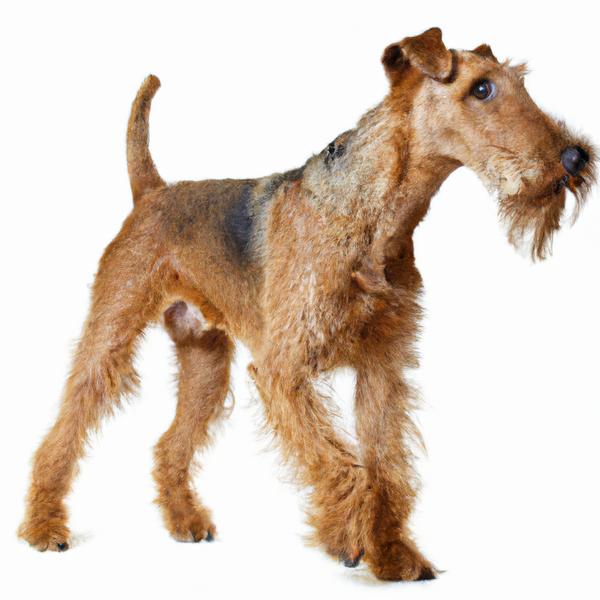
Irish Terrier
Italian Papihound vs Irish Terrier

Masti-Bull
Italian Papihound vs Masti-Bull

Bully Bordeaux
Italian Papihound vs Bully Bordeaux
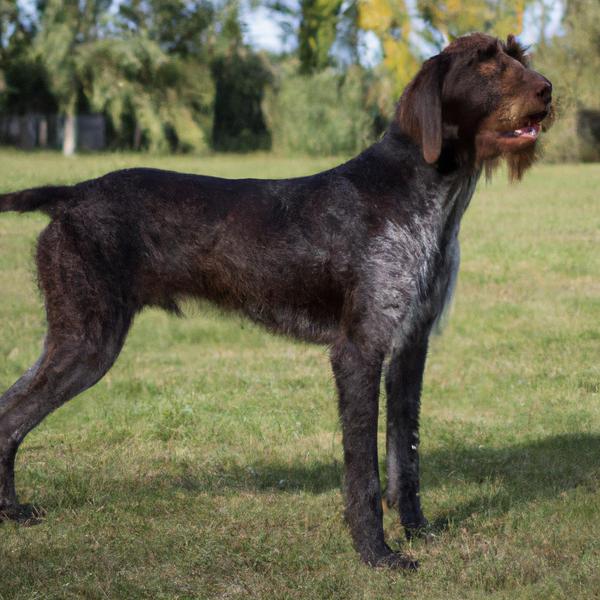
German Wirehaired Pointer
Italian Papihound vs German Wirehaired Pointer
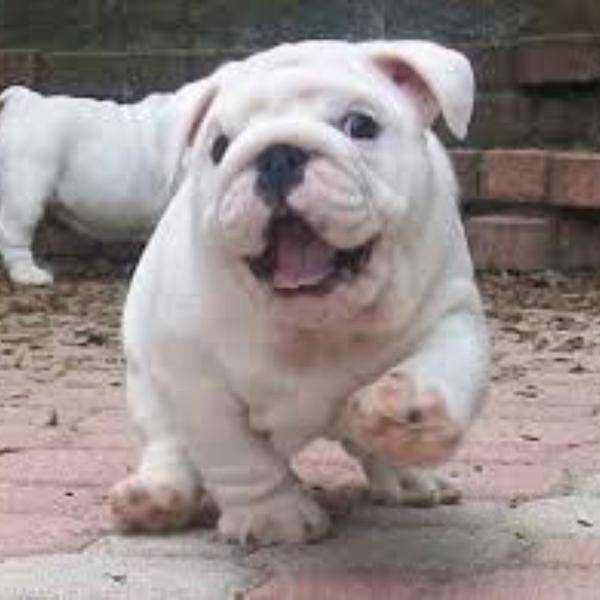
Antebellum Bulldog
Italian Papihound vs Antebellum Bulldog
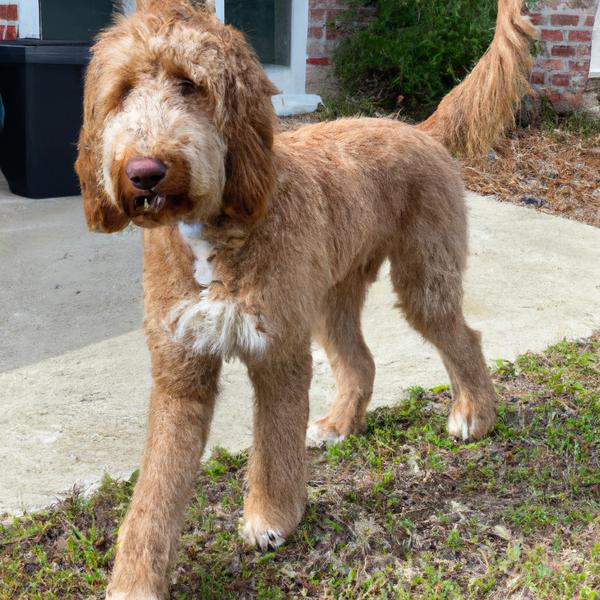
Redbone Coonoodle
Italian Papihound vs Redbone Coonoodle
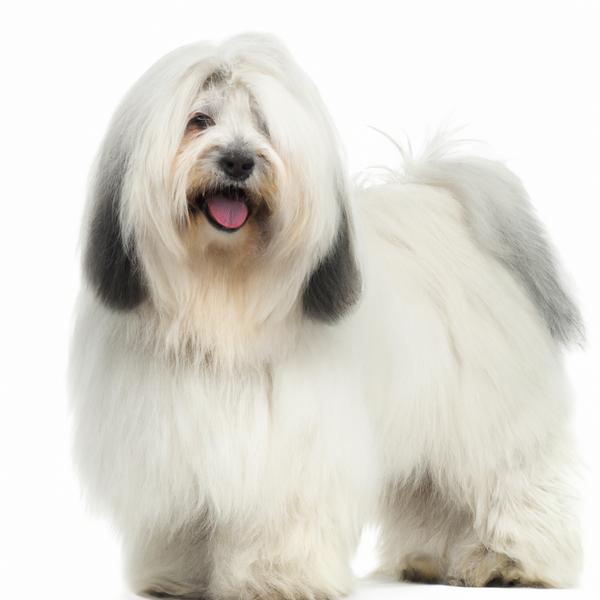
Havashire
Italian Papihound vs Havashire

Pom-Silk
Italian Papihound vs Pom-Silk
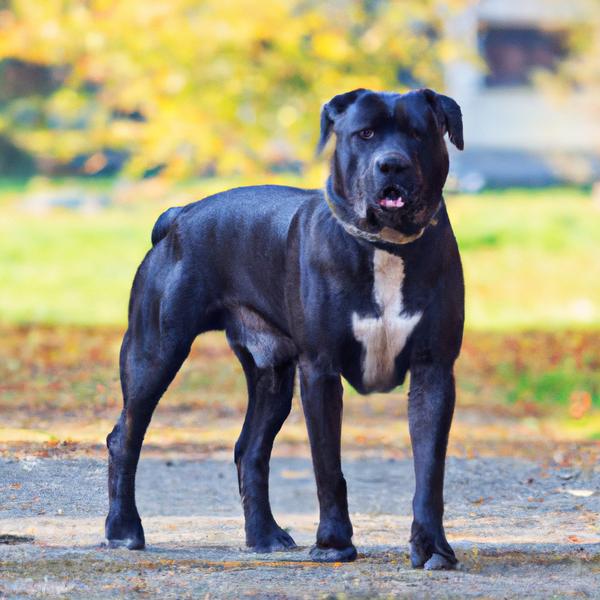
Bullmasador
Italian Papihound vs Bullmasador
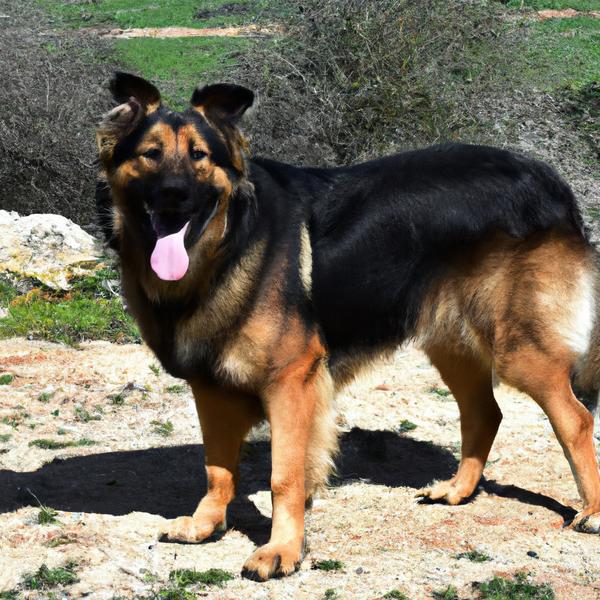
Saint Shepherd
Italian Papihound vs Saint Shepherd
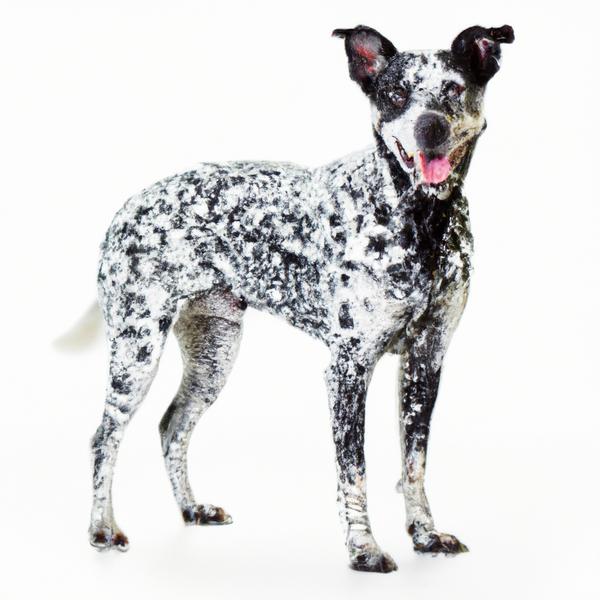
Dalmatian Heeler
Italian Papihound vs Dalmatian Heeler
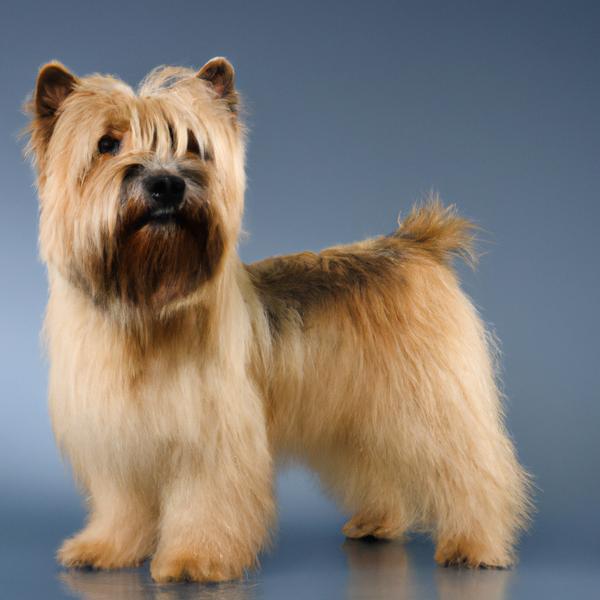
Silkland Terrier
Italian Papihound vs Silkland Terrier
